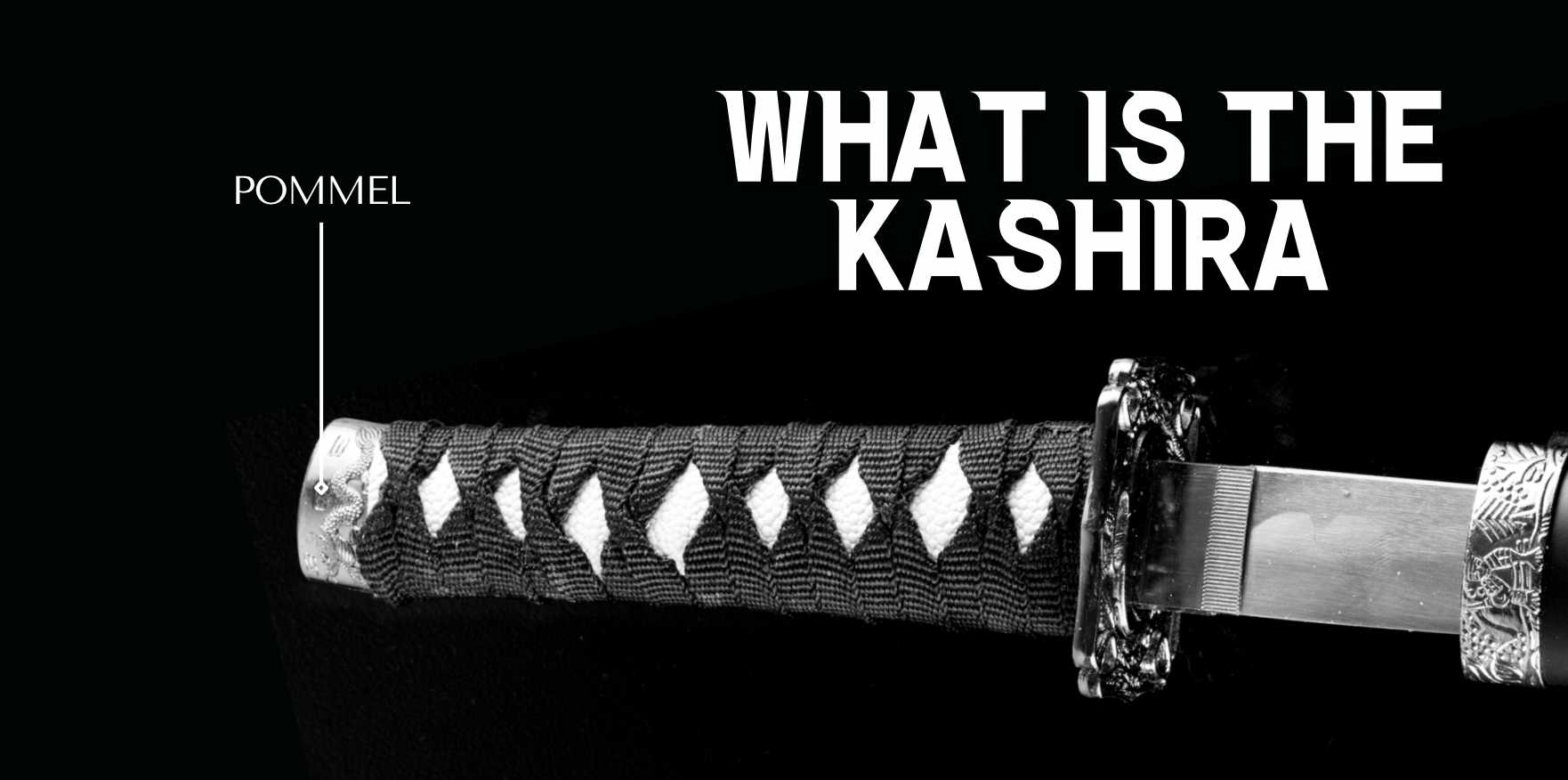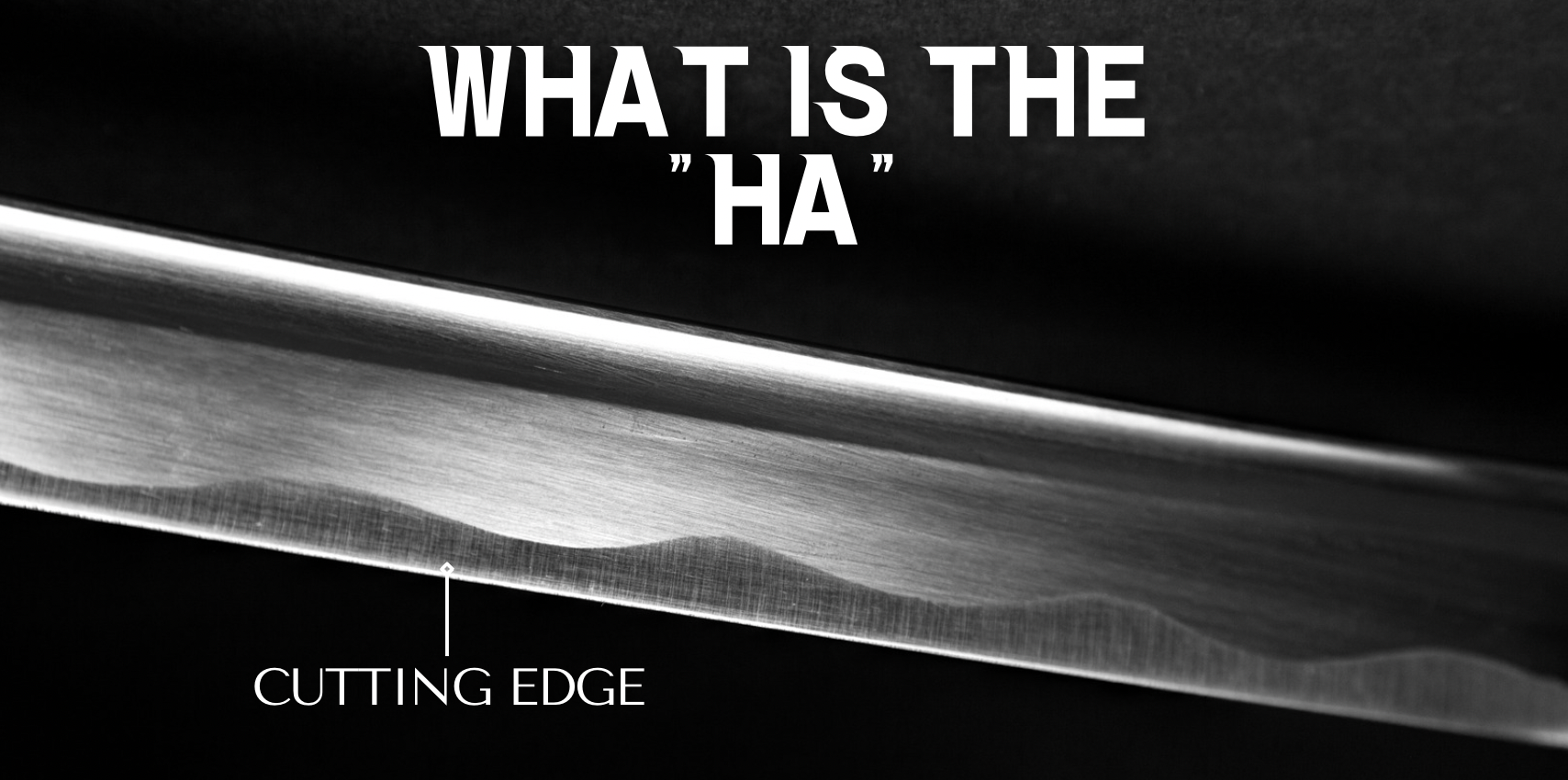Katana yokote

The katana yokote (横手) is the point line which make the transition between the body of the blade and the kissaki or tip section. Yokote is not present in every blade style, such as the uncommon shobu zukuri style blade, whose tip is more suited to slicing than thrusting.
Beyond its aesthetic, the yokote, or tip transition line, serves a practical purpose. In fact, it's strengthening the tip for efficient thrusting such as the katana kissaki. The katanas with a yokote are more piercing and could easily pierce the armor of the Samurai. The katana yokote lessens the impact's force and absorbs the shock so that it doesn't focus on the tip and harm the blade, while allowing for better perforation.
Crafting a yokote requires precision and skill. The swordsmith must have a firm understanding of the katana's design and its functional needs. A correctly placed and well-crafted yokote is an indication of the swordsmith's expertise and attention to detail.
Yokote Patterns
While the yokote is often straight and defined, there can be variations in its design based on the swordsmith's style or the specific era of creation. Some katanas may feature a yokote that is almost imperceptible, while others may have a well-defined, prominent yokote.
Summarize:
- The yokote is a distinct element of a katana's blade, separating the body (ji) from the tip (kissaki).
- The yokote enhances the visual appeal of the katana and contributes to its functional design.
- Crafting the yokote requires precision and expert knowledge of katana design, making it a reflection of the swordsmith's skill.
- Variations in yokote design can occur based on the swordsmith's style or the era of the sword's creation.
- The presence and quality of the yokote play a significant role in determining a katana's authenticity and overall quality.





